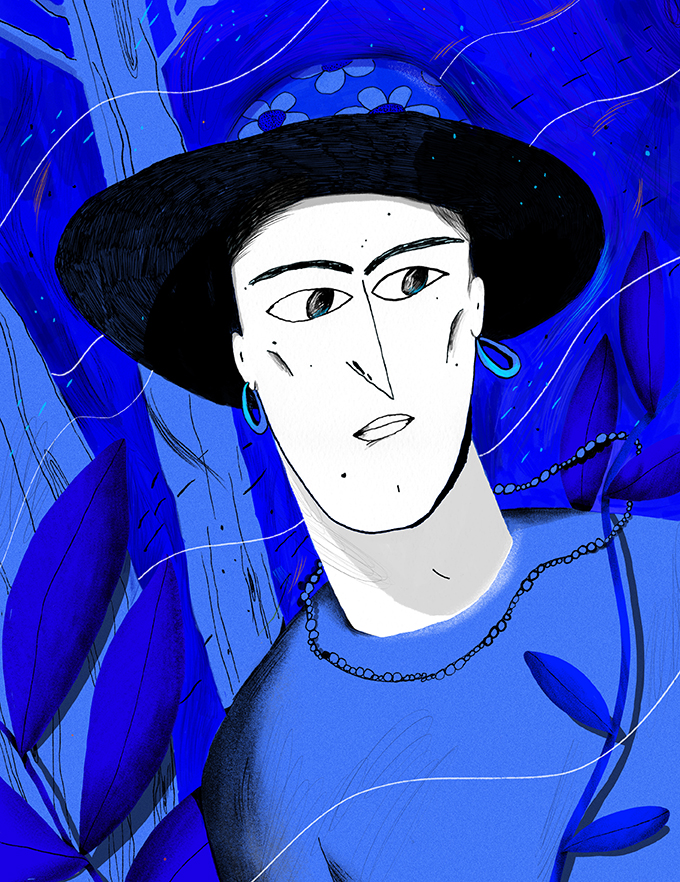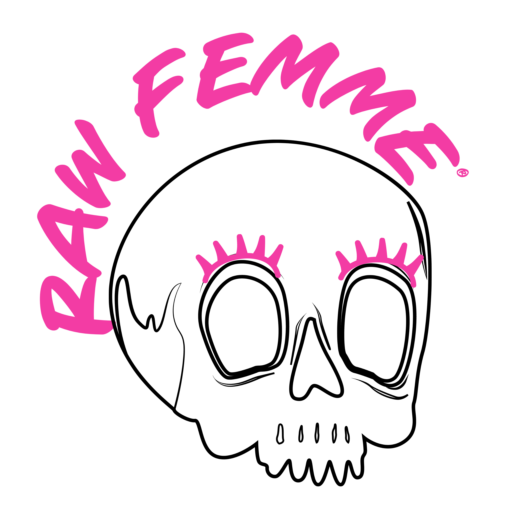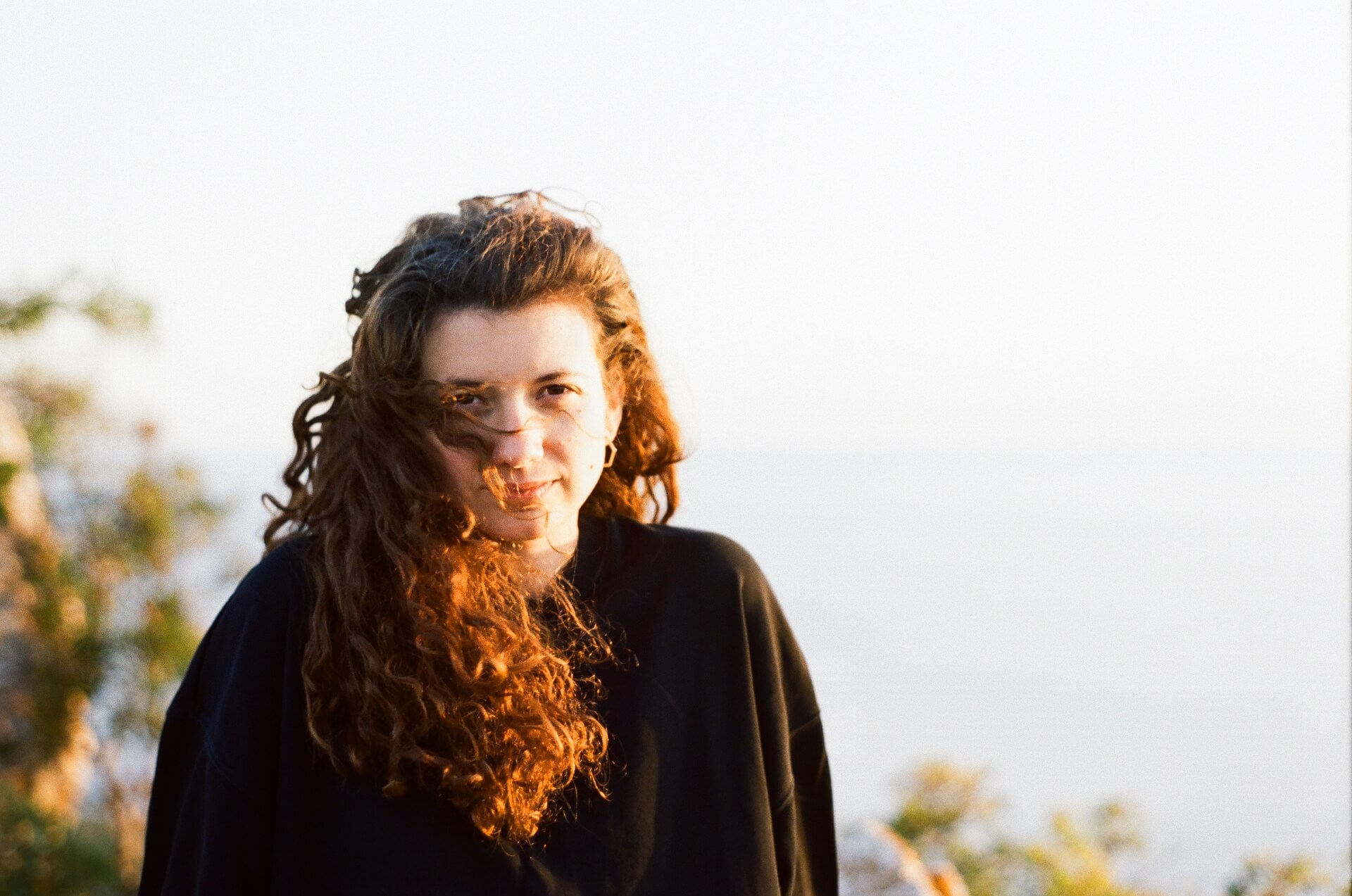Join us as we delve into the imaginative world of Hana Tintor, a talented illustrator, director, and animator based in Zagreb. With a Master’s degree in Visual Communications from the School of Design in Zagreb and another in Illustration & Book Arts from Anglia Ruskin in Cambridge, UK, Hana’s artistic journey is as diverse as it is inspiring.
Drawing inspiration from everyday life, Hana’s work reflects her unique perspective and storytelling prowess. Whether she’s quietly observing interactions or capturing snippets of conversations, her illustrations come to life with humor and whimsy.
From children’s picture books to editorial projects and animated films, Hana’s portfolio is a testament to her versatility and individualistic approach to art. Join us as we chat with Hana about her creative process, her thoughts on representation and diversity, and her vision for the future of illustration.
Thank you for joining us! Please introduce yourself to our readers.
Thank you for the invitation! My name is Hana and I am an illustrator and animator from Croatia. I am also a dog lover, sun addict and passionate swimmer.
Can you share with us what initially drew you to the field of illustration and visual arts, and how your educational background in visual communications and illustration has influenced your artistic journey
I have been drawing since childhood. It was the only thing that I could really dive into, without being interrupted by my own thoughts. I wasn’t hyperactive or anything like that, drawing was just the action that I could be in for the longest time.
So, since I was a kid, it was clear that I will do something related to visual communication. My parents are not from the artistic world, but they encouraged me to do what I love. Since I was 4yo, until I was a teenager, I went to puppetry class in Zagreb Youth Theatre. Being there – acting, painting, making puppets with hands, learning about improvisation and getting over the stage fear, influenced my choice to go to artistic gymnasium and then study graphic design.
I was studying Visual Communication in Zagreb and during third year I started to force drawing in every project. That childish feeling was back and I enjoyed immensely creating and imagining worlds. I also enjoyed finding reasons to have a drawing as a solution to the school brief. The drawing needed to be justified in some way. That philosophy stayed with me until today – the illustration is communication of an idea.
After my MA in Zagreb, I wanted to learn more about illustration. So I got into Cambridge School of Arts (MA illustration and book arts), where I had an opportunity to learn from great illustrator and professor Jim Butler. He taught us about narration, point of view, relationship between text and image… I knew my illustration-voice before going to the UK, but there it definitely got much stronger.
Your work is described as quirky, fast, brave, conceptual, and humorous. Could you delve into your creative process and how you infuse these characteristics into your illustrations?
I observe. I always have my pocket size sketchbook and phone and I just keep my eyes open. I watch people in bars, in shops, listen to conversations, looking at gestures, sketching them in the present time. Sometimes I just take a photo of some situation and afterwards make a drawing inspired by that. I look for something universal, common, everyday. For little things that are important but easy to forget.



With your experience spanning across various mediums such as children’s and adult’s picture books, editorial, murals, animated films, visual identities, and comics, how do you adapt your style and approach to fit each project’s unique requirements and audience?
I believe that studying design helped here a lot. Designers never approach projects in the same way, don’t they? Every project has its own audience, surrounding, message… I also have that in mind when I illustrate. I ask myself a lot of questions – do I need colour and why, how many characters do I need to tell this or that, what element should I use to make something understandable…? I am very much aware that today’s illustrator has to have recognizable style throughout various projects and that is not always easy.
For me, the most important thing is that I transfer the emotion. I don’t want to illustrate emotion, I want to trigger the emotion in the watcher. And to make illustrations that is easy to identify with. I guess that is something that connects all of my work.
Also, as an illustrator I often collaborate with designers, architects, writers, which is often fun and sometimes challenging. It is important to be open, stay assertive and find the best solution
Representation and diversity are increasingly important topics in the creative industry. How do you approach the portrayal of women in your illustrations, and do you feel a responsibility to represent women in diverse and empowering ways?
I just finished my first graphic novel, Girls, which will be published next year. It is a documentary graphics, conversations between me and my girlfriends. It is about growing up, femininity, self esteem, getting stronger, being here for each other no matter the difference. But it is very humorous drawn and exaggerated in design. The main goal of this novel is to show to millennial women that we are so much alike, even though we seem different on the surface.
Yes, as a woman and illustrator I do feel the responsibility to represent women in an empowering way. But also show vulnerability, that is what makes people strong. Illustration is such a powerful tool to make people see and think things differently. Through my drawings I normalise skin colour, age, body shape and size, gender, sexuality. Diversity is so important in illustration because it shows inclusivity and empathy and that we are all equally important
Gender disparity can still be prevalent in certain creative sectors. Have you noticed any shifts or improvements in the visibility and recognition of women illustrators, and what steps do you believe can be taken to further support and promote women in the field?
There are still mostly men in the animation and illustration industry, but in animation classes are 90% women. How weird is that? I have no answer to this, maybe I am still too “green” in the professional category. But I see a huge increase of women professionals in illustration, in freelancing. Leading positions are still reserved for men. Why? I don’t know, but it makes no sense.
I have to admit that I am not an activist kind of person and my approach to subjects like this is more intuitive and subconscious. I think we should work hard, be brave and fearless and have each other’s backs. In that way, by making art, we are creating space for something that is obviously needed.
Collaboration and mentorship can be valuable tools for professional growth. Have you had any influential women mentors or collaborators in your career, and how have these relationships impacted your development as an illustrator?
My mum is my hero. But, in my career, they were men. I had one female illustration teacher in college but only for a year. My mentors were men who never made me feel less because I was a woman, they thought me to be loud in my drawing, they confronted me equally and had big expectations. They respected me and never, ever made me feel endangered in any way. I learned a lot from these men and wouldn’t change that process. Today, during my workshops or lessons, I want to transfer the same energy and passion and knowledge. The way I perceive myself is not only as a woman, but as an illustrator and professional – and that is the way I would like others to perceive me as well.
In your opinion, what unique perspectives or contributions do women bring to the world of illustration, and how do you hope to inspire the next generation of female illustrators through your work and experiences?
I think that, just by being a woman in a field dominated by men, being loud and proud of your work, every one of us makes a difference already. It is important that we are honest too, not forcing anything that doesn’t come natural – work like that will create space and people will recognise and appreciate it.
What’s your interpretation of a Raw Femme?
Supportive, inclusive and fearless.


